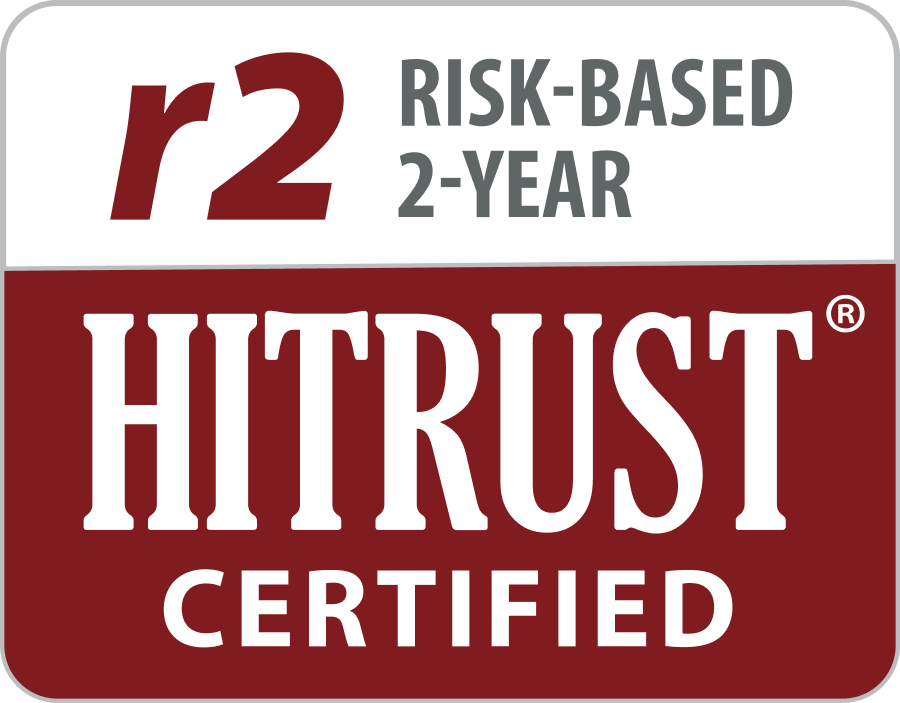– by Lynn Kryfke, MSN, RN, Sr. Consultant, Risk Adjustment | Jon Rogers, Sr. Consultant, Risk Adjustment
In 2022, CMS launched the National Quality Strategy, a long-term initiative that aims to promote the highest quality outcomes and safest care for all individuals. The strategy focuses on a person-centric approach from birth to end of life, as individuals’ journey across the continuum of care. Achieving quality outcomes requires data to inform and educate individuals regarding their health and healthcare. Data utilizing quality and risk adjustment methods provides more complete information to support individuals and populations.
Improving Quality and Health Outcomes Through Accurate and Timely Measurement
Improving quality and health outcomes calls for accurate and timely measurement of individuals’ health and healthcare. Healthcare Effective Data Information Sets (HEDIS), administered by the National Committee for Quality Assurance (NCQA), is the most widely used methodology to determine individual and population health for the measures surveyed. The categories measured include effectiveness of care, utilization of care and access and availability of care.
Annual Quality Measurement Using HEDIS Methods
Annual quality measurement using HEDIS methods supplies trended enrollee and population health data to CMS, health plans, and other entities. HEDIS reports show enrollees’ participation in selected measures to determine compliance or noncompliance with basic healthcare measures. However, there is a limit to what HEDIS measurement can provide; for example, HEDIS measures are limited in number, and population measurement can be incomplete due to resource limitations for data gathering.
The Role of Risk Adjustment in Supplementing Quality Measurement
Risk adjustment is another method that can supplement and support quality measurement in determining enrollee and population health. Risk adjustment attempts to capture an enrollee and/or population’s health status using a calculation developed by CMS based on diagnoses, pharmaceutical utilization and demographics.
The Goal of Risk Adjustment and Use of Risk Adjustment Factor
The goal of risk adjustment is to allocate resources to the people who most need them based on the severity of illness. Risk adjustment attempts to determine a risk adjustment factor (RAF), which is a score for each individual based on the combination of demographics and clinical conditions (often referred to as hierarchical condition categories or HCCs). HCCs are assigned based on a diagnosis code or codes for that individual. For example, an individual with diabetes may be assigned a different HCC based on diabetes with or without complications. Only diagnosis code information from a face-to-face visit that’s accepted by CMS through encounters’ submissions is considered for the risk score calculation. The RAF predicts an individual’s and a population’s health, and this method provides a fair and accurate comparison of healthcare outcomes.
Limitations of Risk Adjustment
Risk adjustment has its flaws including limitations in data and data sources, and does not work well for individuals that do not seek healthcare and/or may be noncompliant in their care. Individuals who do not receive care, even if preventative, will only receive a demographic risk score.
Collaborating Across Quality and Risk Adjustment Teams
To fully account for the population and individuals they serve, healthcare organizations can use both risk adjustment and HEDIS. Risk adjustment accounts for diagnosis, demographics and pharmacy utilization data, while HEDIS focuses on the care received and/or gaps in care. Together, these approaches provide a more accurate picture of the enrollee.
The Benefits of Collaboration
Collaboration across risk adjustment and quality teams is an effective strategy to improve and maximize the amount and accuracy of data obtained. By gathering and analyzing data from both functions, healthcare organizations can create a robust data mart that streamlines processes, reduces redundancy, and enhances resource utilization. This combined approach can also reduce enrollee and provider abrasion, improve medical record collection efficiency, and enhance the accuracy of gathered data.
Leveraging Quality Staff to Improve Care
Successful health plans often leverage quality staff to improve care. Quality staff can interface with providers and encourage them to proactively schedule patient visits to address diagnoses and gaps in care. Additional strategies include engaging beneficiaries directly to complete preventative care visits with PCPs or appropriate specialists in order to identify and close gaps in care and obtain necessary information.
Adopting Strategies to Ensure Accurate and Comprehensive Data
To effectively support enrollees, populations, health plans, and providers, it’s imperative to adopt strategies to obtain accurate data. This includes not only an accurate accounting of the care provided but also considerations of cost and driving organizational alignment. By striving for accurate and comprehensive data, healthcare organizations can enhance care management, analyze costs, and secure organizational alignment to effectively support providers and beneficiaries.
Stay on top of trends related to how risk adjustment evolves to capture the complexities of health and well-being. ATTAC Consulting Group has the expertise and experience to keep the accuracy of risk scores in the forefront of your organization’s risk adjustment program. With a pulse on the latest CMS and OIG trends, and the knowledge of where to look, ATTAC is uniquely positioned to aid in your organization’s risk adjustment retrospective programs.

